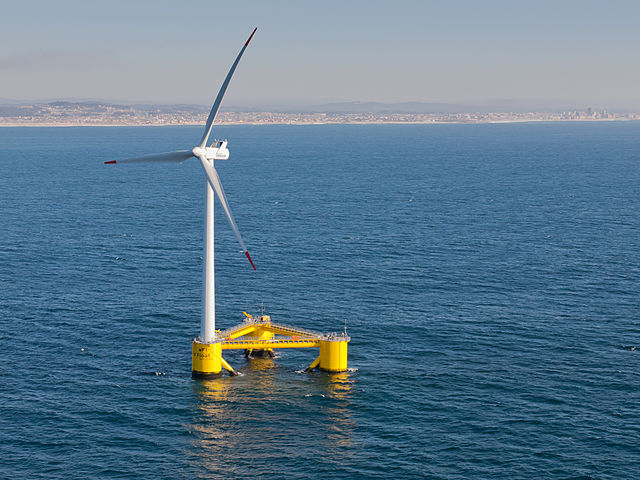 Did you know that 75 countries are expected to be powered by wind power by 2018?
Did you know that 75 countries are expected to be powered by wind power by 2018?
Currently, China has the most wind farms in the world. But other countries, including the United States, have continued to expand their wind power capacity in recent years.
In an innovative move, Scotland just completed the Hywind project to install a wind farm off the coast of the town Peterhead. This will be the world’s first floating “wind farm.”
Other countries have installed wind farms offshore, but always in shallow waters where winds aren’t as strong.
Why Wind?
Renewable energy is energy that is harvested from natural resources such as water, sunlight, and wind.
Non-renewable energy, such as fossil fuels, cannot be replenished within our lifetime and often produce byproducts that are harmful to the environment. For these reasons, society has been on the hunt for alternatives, one of these being wind farms.
The new wind farm, which is being constructed by a Norwegian oil company will include five 52-feet tall wind turbines that can float in depths up to 800 meters. They have two 100 ton anchors on either side to prevent them from toppling over. This single wind farm has the potential to power 20,000 homes in Scotland, marking a breakthrough in alternative energy sources.
How Do Windfarms Work?
 Think about the colorful plastic pinwheels you may have played with when you were younger. When you blow on the blades, the energy from your breath is used to make the pinwheel rotate!
Think about the colorful plastic pinwheels you may have played with when you were younger. When you blow on the blades, the energy from your breath is used to make the pinwheel rotate!
Wind turbines work the same way, but the energy is used to make electricity.
When the wind blows past a turbine's rotor blades, it causes it to spin. This, in turn, makes a pole that runs throughout the turbine (the central driveshaft) rotate. Inside the main body of the turbine, the rotation of the central drive shaft powers a generator that makes electricity. This electricity can be used to power homes. This system produces clean energy, with no waste products that are harmful to the environment.
Wind turbines are able to convert about 45% of passing wind into electricity, depending on the wind speed. This efficiency is comparable to the burning of fossil fuels but without damaging byproducts.
A few disadvantages of wind farms are the noise pollution they emit and the threat they pose to migrating birds. In addition, when wind farms are on land, wind flow can be blocked by human or natural structures, decreasing efficiency.
As researchers continue to find ways of making renewable energy-efficient and reliable, we may see more wind and solar-powered energy sources in our lifetime.







